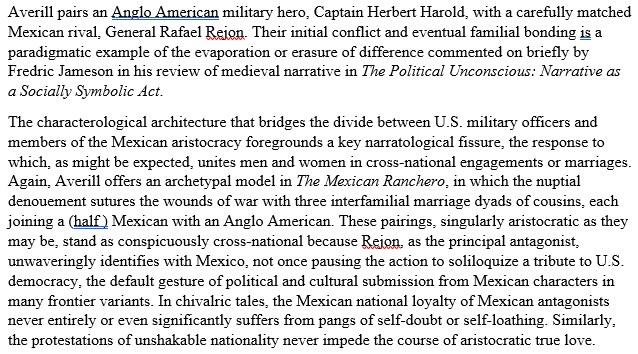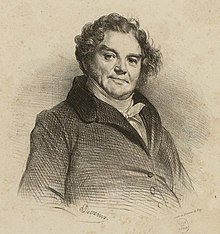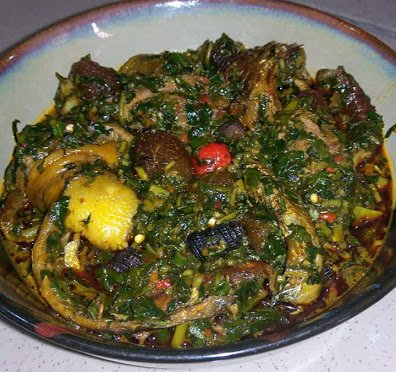But not RANCHERO. 34/
The source of Raleigh’s villainy is his Irishness. Worse, it turns out that the father of Raphael and Buena was Raleigh himself—which therefore infects them with his Irishness. 43/
(Requisite recommendation for Ignatiev's HOW THE IRISH BECAME WHITE). 45/


















